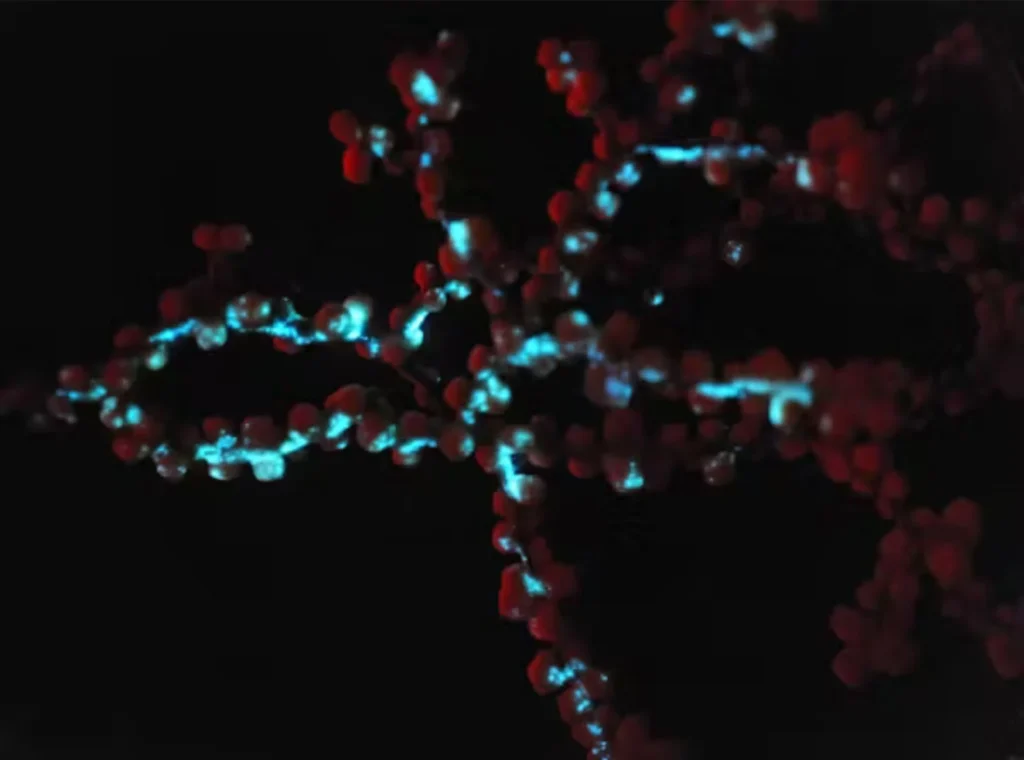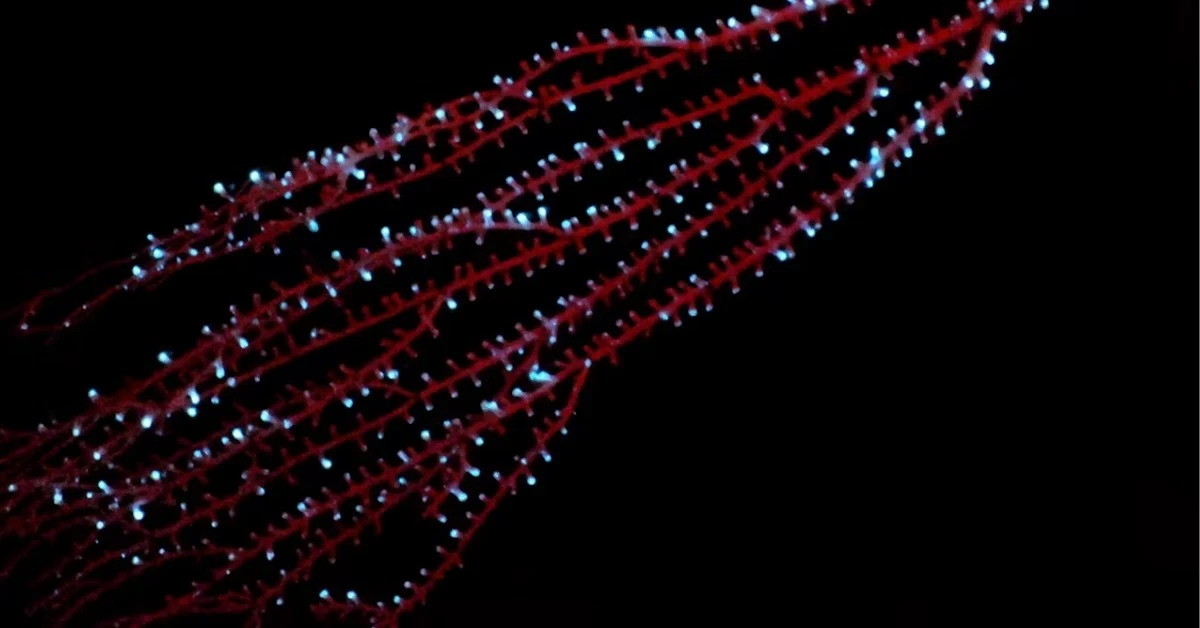Humans have been captivated by creatures that produce light for centuries. Over 2,000 years ago, Aristotle—both a philosopher and scientist—penned the first detailed descriptions of what he called “cold light.” Fast forward to modern times, and pioneers like WWII Army veteran Emmett Chappelle and submersible pilot Edith Widder advanced our understanding of this phenomenon through innovative technologies.
At least 94 living organisms can generate light through a chemical reaction in their bodies, a remarkable trait known as bioluminescence. Fireflies that light up the night, algae illuminating “glow-in-the-dark” bays, crustaceans with intricate courtship displays, and glowing deep-sea fish and coral all showcase this ability.
Despite its prevalence, scientists still don’t fully understand when or where bioluminescence first evolved, or its original purpose. As marine biologists specializing in deep-sea habitats, we know that bioluminescence is particularly common in ocean environments, suggesting that light production offers a survival advantage across species.
Our research focuses on octocorals—a group of soft-bodied, treelike corals like sea fans that inhabit oceans worldwide. This ancient and diverse group, consisting of around 3,500 species, includes many bioluminescent creatures.

The Glow of Life: How Bioluminescent Octocorals and Shrimp Illuminate the Deep Sea
Octocorals are not only stunning marine organisms; they create coral gardens and animal forests in the oceans, particularly in the deep sea. These ecosystems provide crucial homes and nurseries for various marine species, including fish and sharks.
Interestingly, all octocorals use the same chemical reaction to bioluminesce. A 2022 study revealed the evolutionary relationships among these ancient corals, making them a focal point for investigating when bioluminescence first appeared and how it spread over geological time.
Testing Bioluminescence at Sea
Over a decade ago, we began testing various octocoral species for their ability to produce light. To emit their glowing display, corals must be physically or chemically stimulated. Our first encounter with this phenomenon was during a 2014 research expedition aboard the R/V Celtic Explorer in the Whittard Canyon, off Ireland’s southwest coast. While sampling a bamboo coral with a remotely operated vehicle, a quick tissue sample taken in low light produced a sudden flash of blue luminescence.
Since then, our collaborations with the Monterey Bay Aquarium Research Institute and Tohoku University have enabled us to record the glowing abilities of coral species. Using low-light cameras, we’ve observed bioluminescence both on the seafloor and in collected samples, identifying about 60 glowing coral species—and we suspect many more await discovery.
When and Why Did Bioluminescence Emerge?
In a groundbreaking study published in April 2024, we presented the oldest geological record of bioluminescence, dating back to over 540 million years ago during the Cambrian Explosion—a period when life on Earth rapidly diversified. By mapping bioluminescence across the octocoral tree of life, we uncovered evidence that this light-producing trait evolved much earlier than previously thought.
Originally, bioluminescence may have helped reduce free radicals—unstable atoms that can damage cells—but it later evolved into a powerful tool for communication. Our findings suggest that light signaling was one of the earliest forms of communication in the oceans, coinciding with the evolution of animals capable of detecting light.
The Genetic Mystery of Gaining and Losing Light
Ongoing research has allowed us to explore how bioluminescence has evolved over time. A key enzyme involved in light production is luciferase, and using DNA sequencing, we’re developing tests to detect the genetic potential for bioluminescence more easily.
Curiously, some non-bioluminescent octocorals still possess luciferase genes, inherited from a common ancestor. Why these genes persist in species that no longer glow remains a mystery. Could they produce low-level light undetectable by current methods? Or are these genes simply nonfunctional remnants? Future research may reveal why some octocorals lost the ability to produce light and how this affects their survival in different habitats.
Shrimp and the Secrets of Light Vomit
Our studies extend beyond corals to other marine species like shrimp, which exhibit fascinating light-producing behaviors. Some shrimp migrate from deep waters to feed, while others use bioluminescence to fend off predators. One particularly unique shrimp species expels light-making chemicals in a “vomit-like” display, creating a glowing barrier to confuse predators.
These shrimp also have external light organs that emit blue light, showcasing how various species adapt bioluminescence to different ecological roles. Studying these creatures deepens our understanding of how environmental light, including bioluminescence, shapes the evolution of vision and other sensory systems.
Illuminating the Past and Future of Animal Communication
The ability to produce light has helped marine animals survive for hundreds of millions of years. Our research suggests that bioluminescence has played a vital role in communication throughout geologic time, especially in the deep sea.
As animals evolved new sensory capabilities, light signaling likely became an essential form of communication. The emergence of bioluminescence may have been a key piece in the puzzle of early animal evolution—giving creatures a novel way to interact with their changing, predator-rich environments.
In shedding light on the origins and evolution of bioluminescence, we are uncovering the incredible role it may have played in shaping life on Earth.
